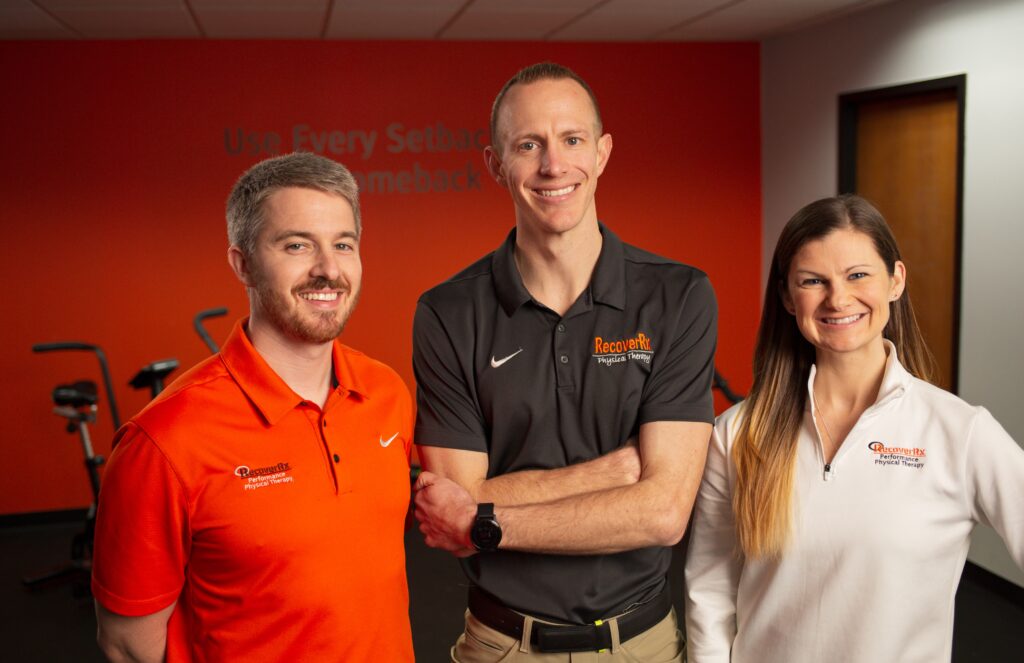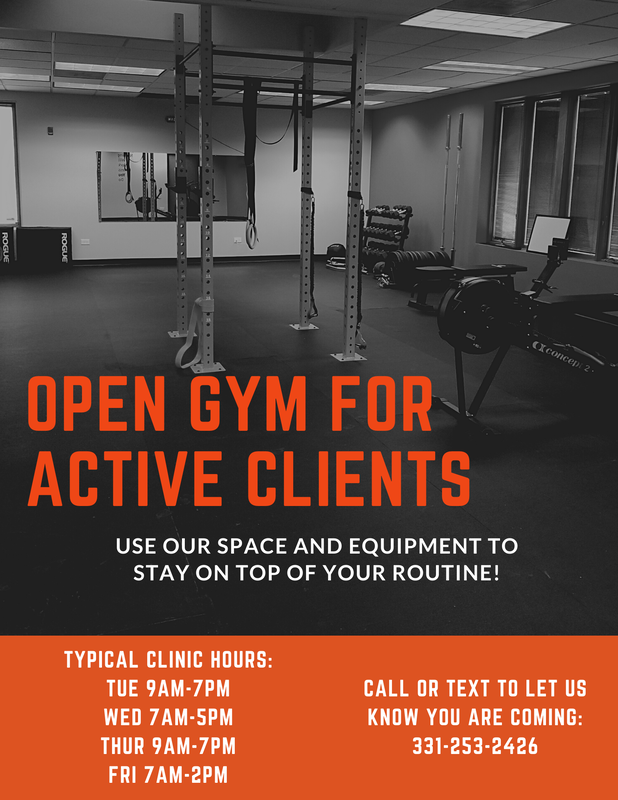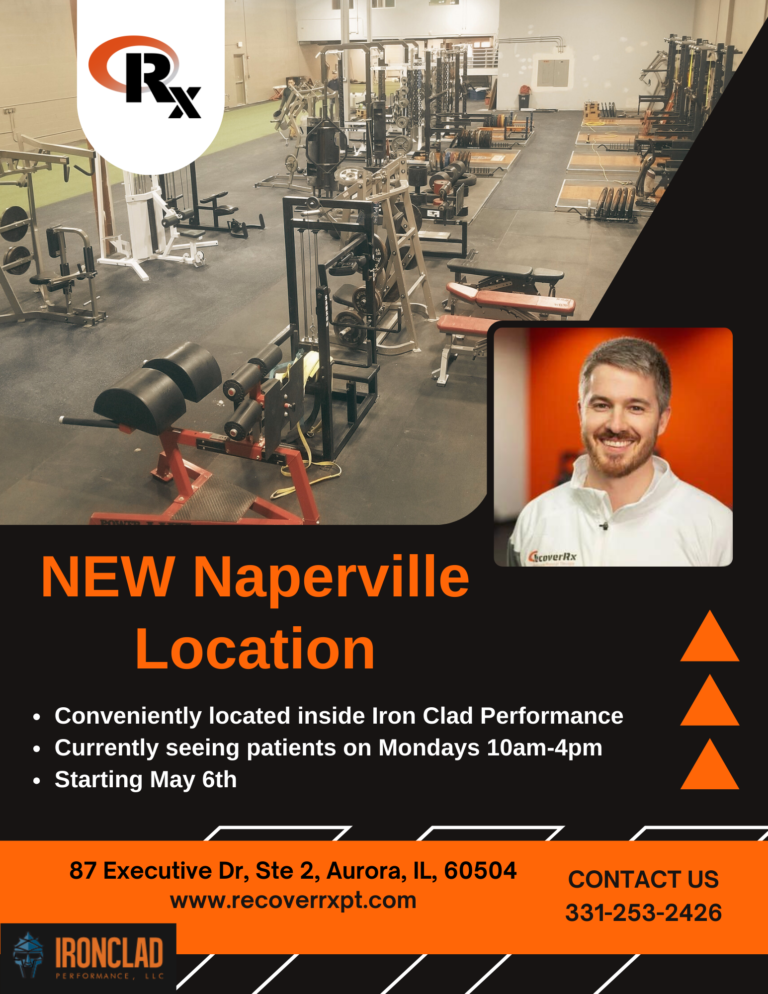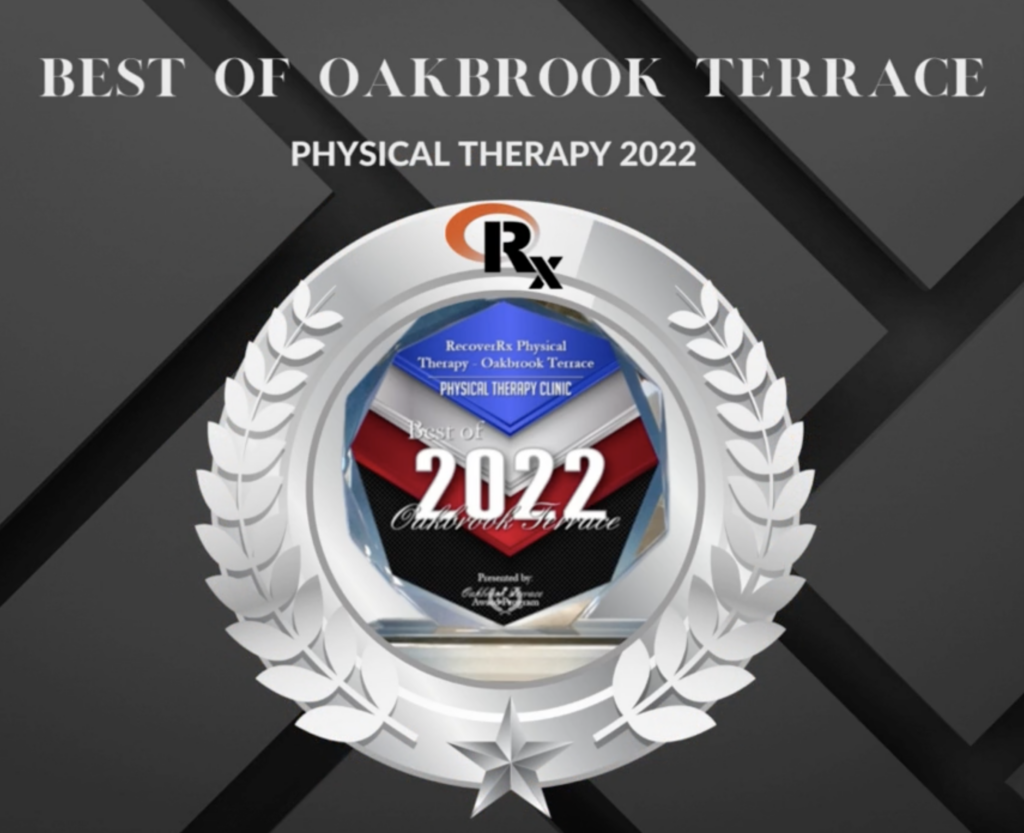Running is one of the few sports that requires only 1 piece of equipment: a good pair of shoes. Sure, we can (and probably do) spend a ton of money on the best fitness apparel, fancy tech watches, noise canceling earbuds, etc. But when we peel back the extras, it is just our bodies, our shoes, and the road/trail.
Finding the perfect pair of running shoes can sometimes feel daunting. There are so many brands, styles, and levels of support. Do you have flat feet or high-arches? Do you overpronate, supinate, or have a neutral gait pattern? You may have been told by a fellow runner, shoe store attendant, previous physical therapist, or even a podiatrist that you need a specific shoe type based on your foot/mechanics. However, a Cochrane Review published in 2022 (which assessed 11,240 runners across 12 randomized controlled trials), found no evidence that running shoes, or prescribing certain shoes by type, have injury-preventing properties.
So if you don’t need to choose a shoe based on your anatomy, what should you use to base your decision? Research and clinical data suggests that the most important factors in choosing the right footwear are that they fit properly and feel good when you run.
If you are a new runner or not familiar with all the major brands (Nike, Adidas, Asics, Brooks, Saucony, Mizuno, New Balance, Hoka, On), it can be invaluable to visit a specialty running store. Here, you can talk to an expert, try on different shoes, walk or jog around the store (or treadmill), and provide feedback on the overall comfort and fit of the shoe. Pay attention to any pressure points or areas of discomfort. Make sure that the shoes are neither too snug or too loose. Based on your feedback, the experts can recommend different brands and styles to complement your needs and desires.
Once you’ve found your perfect pair, proper maintenance is key to prolonging their lifespan. Rotate between multiple pairs to prevent wear and tear, as well as to allow your feet and joints to adjust to different levels of support and areas of pressure. As a general rule, replace your running shoes every 300-500 miles or when you notice signs of wear, such as worn-out treads or decreased cushioning. Even if you only use one pair at a time, it can still be beneficial to vary the brand or style of shoe over time (vs rebuying the same pair every 300 miles). Not only are there new shoes on the market each year, but your training and body also changes over-time, and you may find that a different shoe fits or feels better in the moment.
When it comes to dealing with a new injury or getting back into running following rehabilitation from a chronic issue, there are some considerations when it comes to your shoes.

- For injuries of the feet and lower legs, including metatarsal stress fractures, plantar fasciitis, shin splints, or Achilles tendonitis – shoes with increased cushioning and a higher heel-toe drop can offer increased shock absorption and reduce strain on these tissues.
- For anterior knee pain, or runner’s knee, models with a more even heel-toe drop can help take the stress off the patellar tendon and knee cap.
- IT Band Syndrome, especially if in runners with excessive pronation, might benefit from shoes with a firm midsole for added stability while also having a cushioned heel for shock absorption.
Most of the time, it is safe to keep running despite pain or injury. While modifying your footwear can be one way to help improve comfort, it is rarely the only solution. Prevention and treatment of most running related injuries require gradual progression of running duration and intensity, a proper mobility routine, regular strength training, and early treatment. A video gait analysis can also highlight impairments in your form that might be contributing to recurring injuries. At RecoverRx Performance Physical Therapy, we check your biomechanics, review your training program and ensure your off-road strengthening/mobility routine is optimized for success.
When it comes to choosing the best running shoe, it is important to remember that individual preferences and biomechanics vary, so what works for someone else may not be what works for you. It is best to try on multiple shoes and find the ones that feel best during a jog or run. And make sure that you have the option to return or exchange the shoes if you get them out on the road and find they no longer feel right. If you are recovering from injury, you may choose a different shoe than your norm to accommodate for adequate support and comfort. Finally, when changing from a high to low drop, or stability to barefoot shoe, gradual transition allows your body to adapt to the changes and minimize the risk of new injuries.
Investing in the right pair of running shoes is paramount to your running performance and overall foot health. By prioritizing fit and comfort, you’ll run with confidence knowing that every step is supported for success. Happy running!





